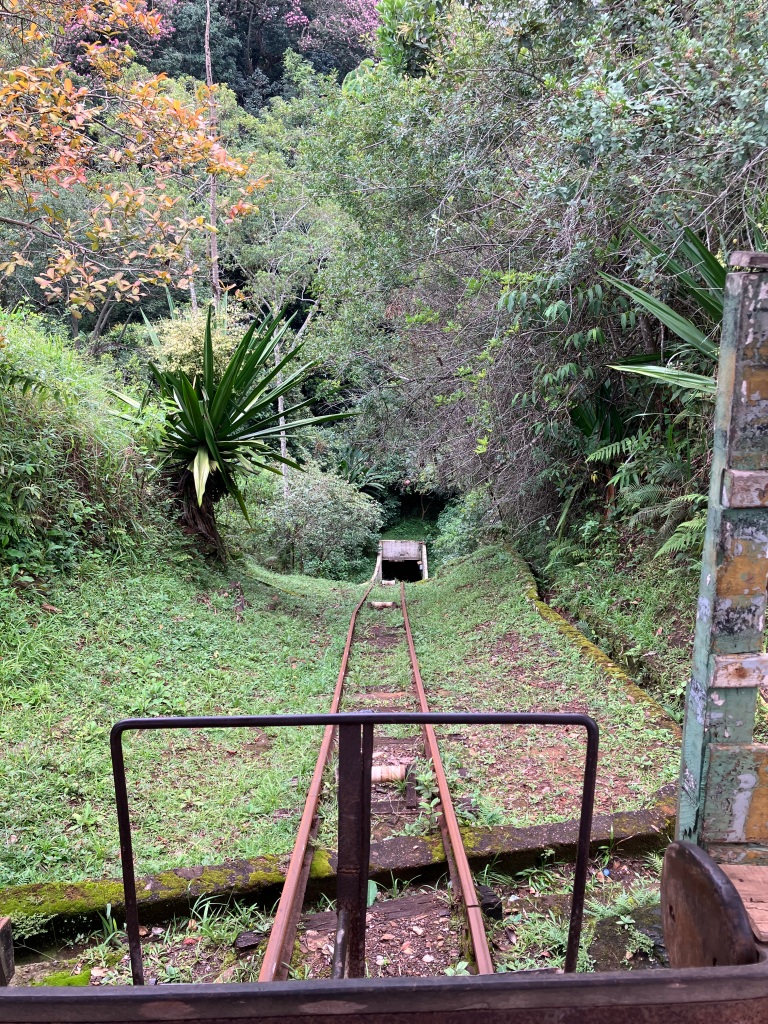I began my Bolivian adventures in Sucre, as you saw from my most recent post. I had been advised by several colleagues that Sucre was a great place for research and that it was at lower elevation than many of the other places I wanted to visit so I should start there – I was at a conference in November and a colleague from Mexico City who studies Bolivia told me I should give myself extra time with the altitude, so I finally got the memo. It took me about five or six days and over the counter altitude pills to be able to walk around Sucre without wanting to die inside. The altitude meant that I found it a bit hard to do any kind of work. It also took me another five or six to figure out the microbuses (think large vans for group tours, where Bolivians can stand and Rebecca can crouch down significantly in order to pay the driver) and taxis (both microbuses and taxis proved to work in much the same way in other Bolivian cities, so this was very useful to learn).
Sucre was also where I conducted some of the most significant research for my project so far. I went to the national archives, the archives for the Archdiocese of Sucre, and the archives for the main public university in Sucre (formerly a Jesuit institution, founded in the colonial period).

The national archives were partially helpful for my project – I registered there in advance so it was easy to see what I wanted to see – and the archivists actually told me to go to the university’s archives because they thought it would help me advance my project. It remains to be seen whether this will advance the project or not as I have not, in fact, written anything for this project, but I really appreciated the assistance. No pictures of that space, unfortunately.
I also went to the archive at the Archdiocese of Sucre, which was by far the most useful for my project, and inside of the cathedral complex, which was really cool. The archivist also invited me to listen to his choir perform baroque music composed in Bolivia, sung inside the cathedral, which had great acoustics, allowed me to see the Virgen de Guadalupe de Sucre again, and to notice that there was a globe in part of the altar which had some interesting overtones that perhaps everyone should be Catholic, but even though I am definitely not, I was still able to enjoy the space. I took no photos of this archive either, only the cat that a security guard chased into the archive instead of outside of the building. One of the more unexpected events of my research career.

Reading inventories of churches, shrines and chapels was super interesting, and I could have done a lot more – but I think what I did manage to do was quite helpful to my project and helped me imagine what people might have been doing at these shrines near mines. The ecclesiastical vocabulary was not the kind of Spanish I am familiar with – but was similar enough to what I had been reading in Brazil that I felt confident about the comparative aspect of my work. If I have to return to Bolivia to do more research I would not mind. I took a lot of photos of documents and hopefully counted them correctly to pay for them.
Thanks to the kind advice of an art historian I bought the heaviest books I have ever owned … and got to see an art restoration project in progress and speak with the art restorer about her work. Very cool.











